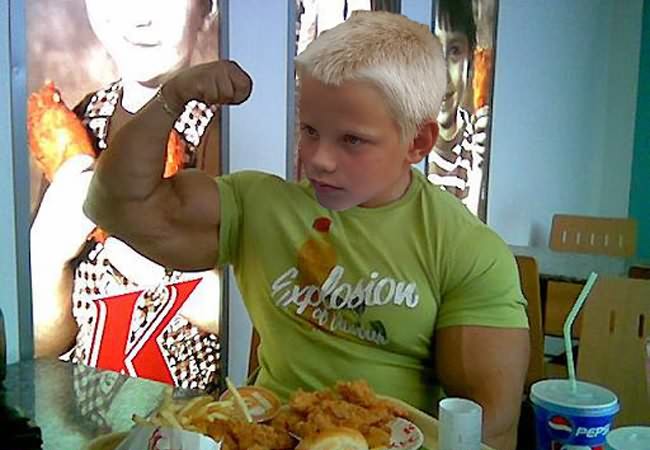
If my publishers and I were not committed to books fit for the Christian family, I could make a lot of money for us.
See, I’ve learned the formula for creating a Young Adults fiction best-seller. Reading and reviewing a lot of real YA best-sellers has given me a feel for it.
Try it yourself. Here are the ingredients.
1. Kids with super-strength, super-smarts, great kung-fu, or magic. The 11-year-old girl in your story must be able to beat up full-grown, able-bodied men. Kids get a real rush out of this. In real life, adults are always telling them what to do. But in YA fiction, the tables are turned and the kids always come out on top.
Don’t be afraid to make these confrontations really violent. Anything goes, as long as the child wins.
2. Invisible, irrelevant, or totally ineffectual parents. You may have noticed that some YA kid heroes and heroines come from homes where the parents are just out to lunch. Don’t laugh–remember “After-School Special”? When did you ever see a normal set of parents on that hit show?
Harry Potter, for instance, got to have his cake and eat it, too. His real parents, wonderful people, were dead. His foster parents were jidrools, and he ran rings around them. This way you get to honor your parents and make fools of them at the same time.
3. Lots and lots of blood ‘n’ guts. Go for the graphic. The bad guys in your stories, or anyone who happens to get in the kids’ way, don’t deserve to live, anyhow. Make internal organs external. Remember, if it ever evolves into a video game or a movie, there will be lots of screaming and many bodies flying all around the place.
4. Always include a dollop of soft-core paganism. Don’t go overboard and show your super-kids flaying human sacrifices to Xipe Totec and dancing around in the skins. But the pagan flavoring is indispensable! Especially if you want to wind up getting published by Scholastic. [Oops. Did I just kill my chances here? Oh, well…]
It doesn’t have to be all that subtle. I read one YA fantasy novel in which the super-girl was actually the niece of the pagan Philistine fish god, Dagon. Or your kid characters can acquire immortality. Or commune with Nature Spirits and get really good advice from them.
5. But whatever you do, avoid the real God! If you’ve efficiently packed your YA novel with pagan gods and goddesses, assorted “spiritual entities,” deathless vampires, and immortal teens who are really hot although they still have go to school and sit through algebra classes (can you imagine an eternity of that!), there will be no opening for the real God to get in.
6. Just don’t make it too obvious. You want to rope in the Christian parents who want their child to develop the habit of reading. These potential customers are not inclined to look too deeply into any book their children might enjoy. If you are reasonably discreet about your paganism, these Christian readers will never notice it.
And there you have it, boys and girls–now sit right down and write some truly awful YA fiction. Let’s see how far these ingredients can take you.
Like this:
Like Loading...

